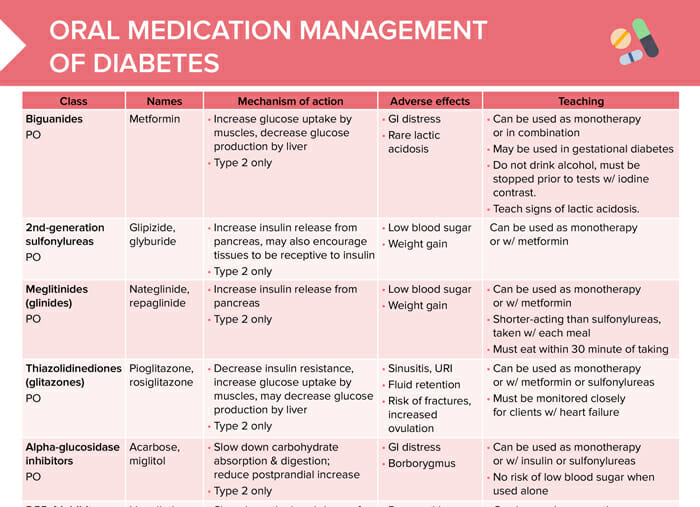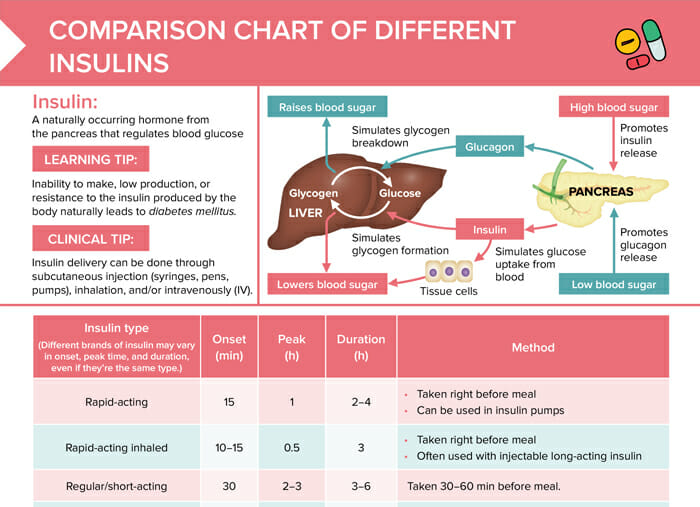What is insulin?
Insulin is a hormone produced by the pancreas that regulates blood sugar levels. It allows cells to take in glucose for energy and signals the liver to store excess glucose. It is crucial in maintaining stable blood glucose and is centrally involved in diabetes if the normal function is impaired.
What is insulin used for?
Insulin is used for the treatment of diabetes mellitus, a condition in which the body doesn’t produce any or enough insulin, or is resistant to it, resulting in high blood sugar levels. Insulin therapy aims to mimic the body’s natural pattern of insulin release, which is a steady low level of insulin release throughout the day with spikes during meal times. This helps to keep blood glucose levels within the normal range, preventing the symptoms of high blood sugar and reducing the risk of diabetes complications.
What are the different types of insulin?
There are several different types of insulin, classified by the onset and the duration of the insulin. Here are the main categories:
- Rapid-acting insulin: starts to work within 15 minutes after injection and peaks in about 1 hour, continues to work for 2 to 4 hours
- Short-acting insulin: starts to work within 30 minutes after injection and peaks at 2 to 3 hours, continues to work for 3 to 6 hours
- Intermediate-acting insulin: starts to work about 1 to 3 hours after injection and peaks in 8 hours, continues to work for 12 to 16 hours
- Long-acting insulin: starts to work several hours after injection and works for about 24 hours
- Ultra-long-acting insulin: starts to work 1 to 2 hours after injection and works evenly for up to 36 hours
- Pre-mixed insulin: combination of 2 different types of insulin: one that controls blood sugar at meals and another that controls blood sugar between meals
How is insulin delivered?
Insulin can be delivered through subcutaneous injection (syringes, pens, pumps), inhalation, and/or intravenously (IV).
What are some clinical tips for managing diabetes with insulin?
Clinical tips for managing diabetes with insulin include testing glucose levels according to provider instructions and avoiding meal delays after injection or skipping meals to avoid hypoglycemic events.
What is the onset time for rapid-acting insulin?
The onset time for rapid-acting insulin typically ranges from 5 to 60 minutes.
How does glucagon affect blood sugar levels?
Glucagon promotes glycogen breakdown and raises blood sugar levels.
Can premixed insulin be used in an insulin pump?
Yes, premixed insulin can be used in an insulin pump.
How should insulins be mixed when using both regular and NPH insulins?
Insulin mixing refers to drawing up two types of insulin (for instance, a short-acting and an intermediate-acting insulin) into the same syringe for injection, which can help simplify the injection process.
Always mix insulins in the appropriate order: Regular insulin should be drawn up first (clear), followed by NPH (cloudy).

